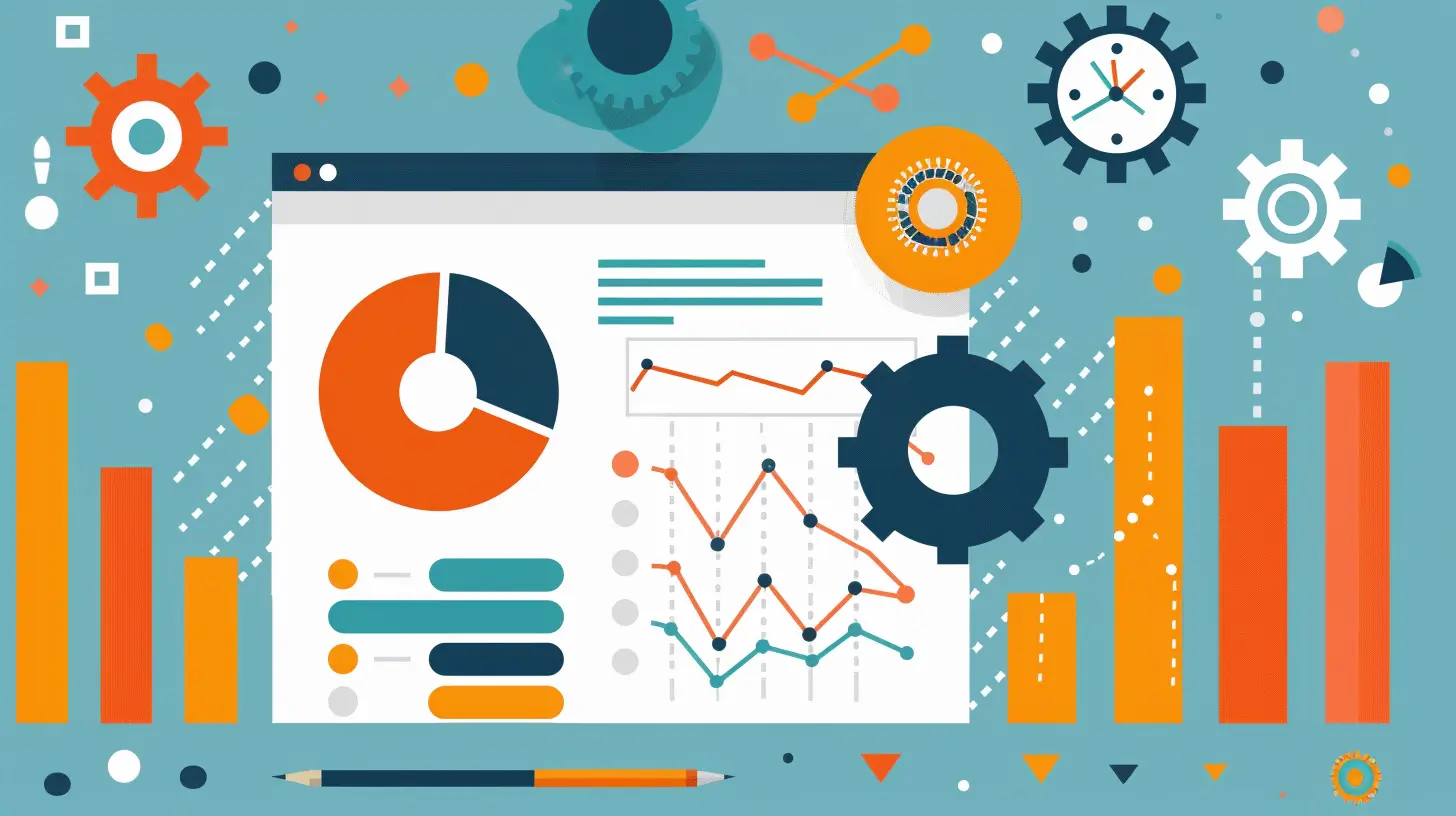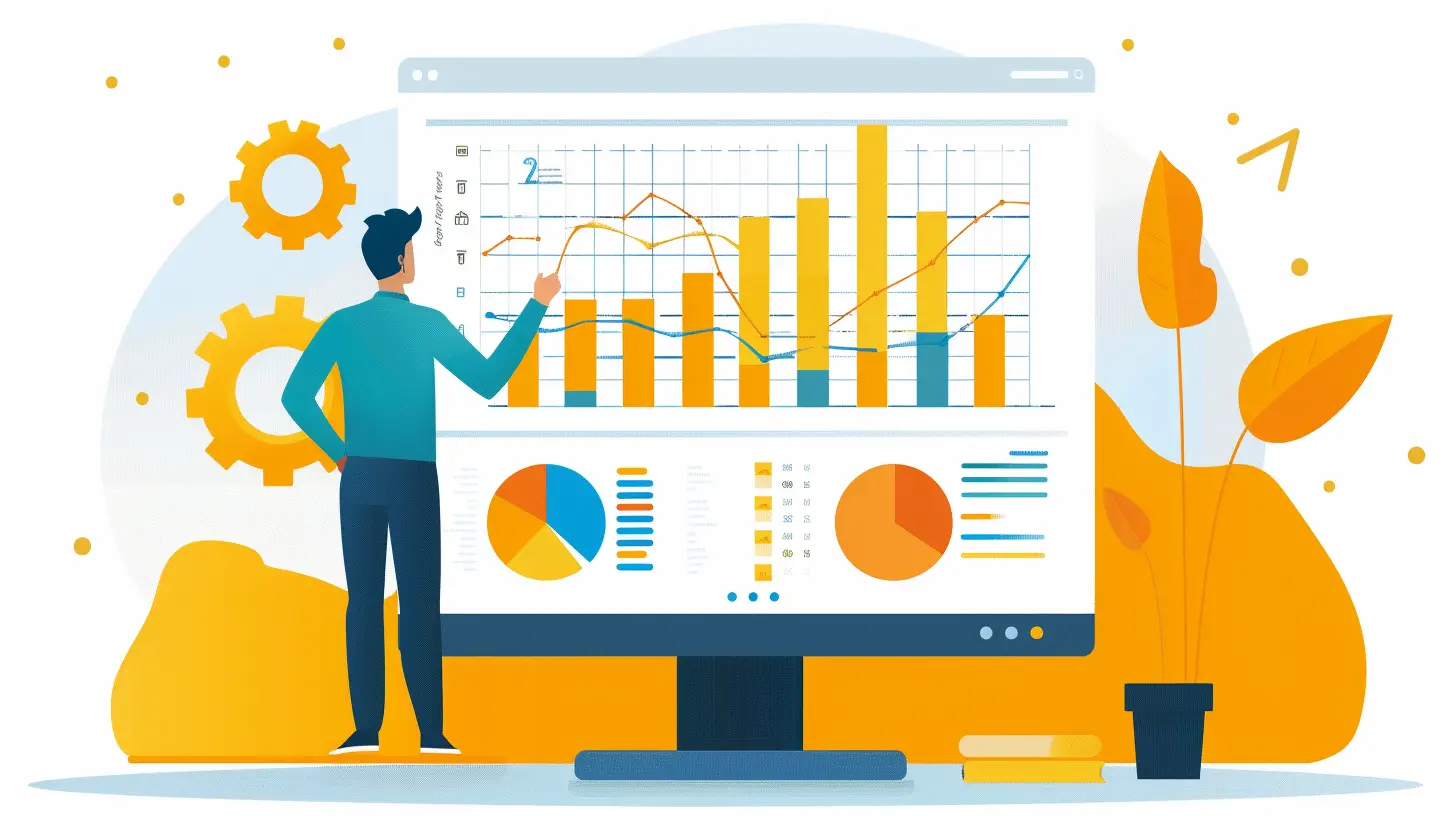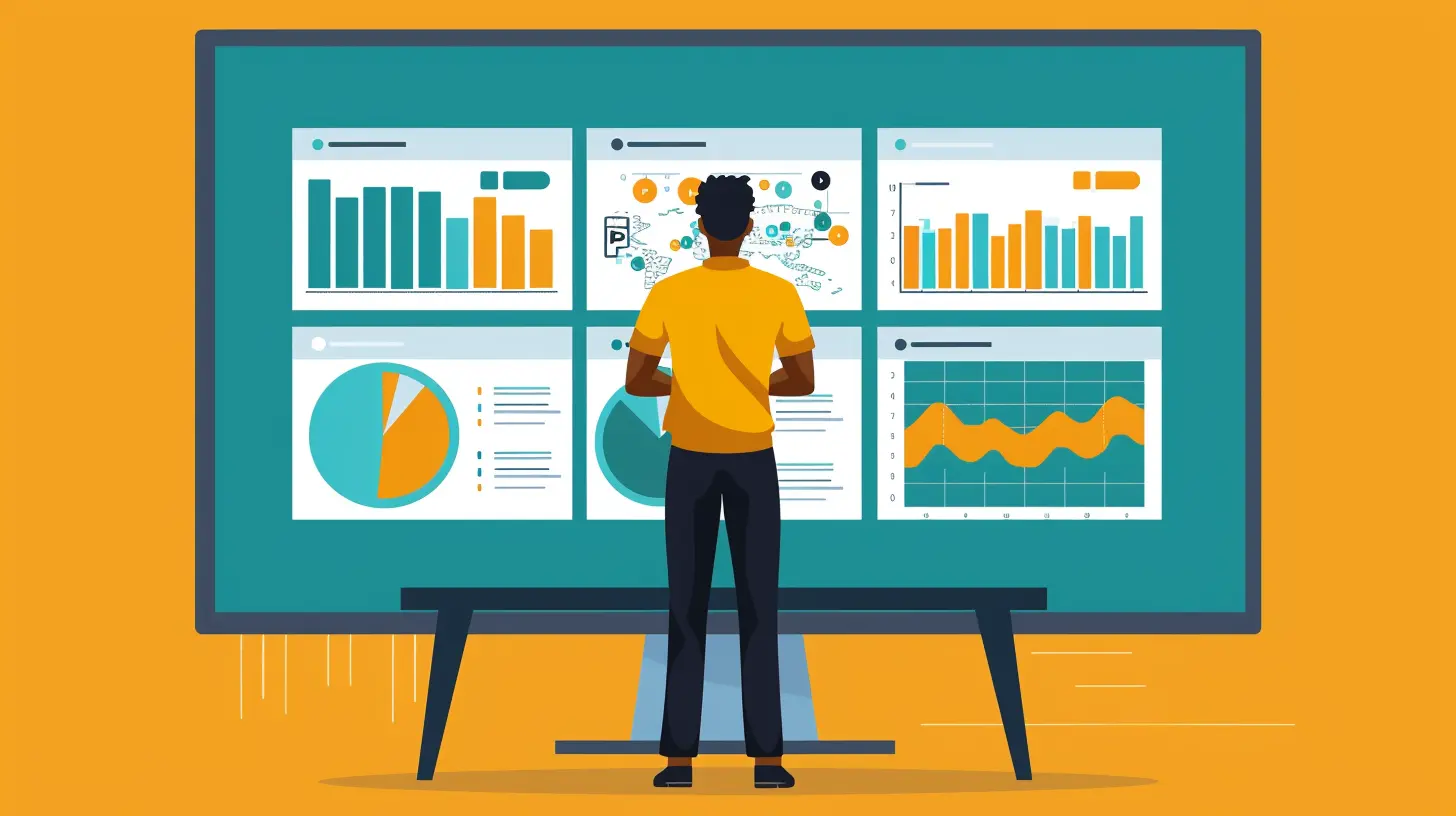How to Use Data to Improve Sales Performance
18 September 2025
In the age of lightning-fast information and ever-shifting markets, one truth stands tall—sales isn’t just about charisma anymore. Nope. It’s about numbers, patterns, insights, and strategy. And the secret sauce behind killer performance? Data.
Let’s be honest… sales can feel like trying to hit a moving target blindfolded. But what if you could take that blindfold off, see the patterns, predict buyer behavior, and make smarter calls? That’s what using data does for you. So, let’s break it down (without the boring jargon), and walk you through how data can actually boost your sales game.
Why Data Should Be Your Sales MVP
Before we get into the how, let’s get clear on the why. Sales data isn’t just spreadsheets and dashboards—it’s your compass in the wild. It tells you where you’re heading, where you've been, and where you need to pivot.Imagine trying to win a game without knowing the score. Crazy, right? That’s exactly what selling is like without data. You’re guessing. Winging it. Trusting gut instinct over facts. And while instinct matters, data turns that instinct into actionable direction.
Well-used data can tell you:
- Who your best customers are
- What products or services are making you the most money
- When your buyers are most likely to buy
- Why deals are falling through
That’s gold. Real gold.
Types of Sales Data That Actually Matter
Not all data is created equal, right? You don’t want to get lost in vanity metrics. So, here’s the good stuff to keep your eye on:1. Lead Source Data
Where are your leads coming from? Social media? Email campaigns? Cold outreach? Knowing this helps you double down on what’s working and drop what’s not.2. Conversion Rates
How many leads are turning into customers? If you’re getting 100 leads and only 2 are buying, something’s off. Maybe your pitch? Or are you targeting the wrong crowd?3. Sales Cycle Length
How long does it take to close a deal? If it’s dragging out, what’s causing the hold-up? The longer the cycle, the more expensive the sale. Shorter cycles = smoother cash flow.4. Win/Loss Ratios
This one's simple: how many deals are you winning vs. losing? But don’t stop there—dig into why you’re losing. Competitor’s offer better? Price too high? Timing off?5. Customer Lifetime Value (CLV)
How valuable is your typical customer over the time they stick with you? If CLV is low, maybe you’re not retaining them. High CLV? Boom—you've got brand loyalty.
Turning Data Into Action: The Fun Part
Alright, now you’ve got the data. But data alone doesn’t move mountains—action does. Here’s how to roll up your sleeves and make your numbers work for your strategy.1. Build Better Buyer Personas
Your data paints a picture. Use it to create (or fine-tune) buyer personas. Who’s really buying from you? What industry are they in? What problems do they face? What makes them say YES?The more you know, the better you can tailor your messaging. Speak their language, feel their pain, offer the perfect solution.
2. Refine Your Sales Funnel
Let’s think of the funnel as a river. At the top, there’s a flood of leads flowing in, but only a few make it to the bottom. Where are people dropping off? Data will tell you.Maybe your email open rates are high, but click-throughs are low. That’s a messaging issue. Maybe demos are getting booked, but nobody's signing contracts. Time to tweak the close.
3. Segment for Success
Don’t treat your leads like one big blob. Slice and dice that list! Use filters like industry, geography, behavior, or past purchases to create targeted campaigns.You wouldn’t sell snow boots in the Bahamas, right? That same logic—backed by data—makes sure your message hits right where it counts.
4. Forecast Like a Fortune Teller
With enough historical data, you can start predicting sales trends. Down months? Plan ahead. Spike in Q4? Grab extra inventory. This isn’t magic—it’s math.Forecasting helps set realistic goals, allocate resources smartly, and prep your team for the highs and lows.
Tools That Make Data Work Harder for You
You don’t need to be a data scientist with ten monitors and a PhD. You just need the right tools in your belt. Here are some fan favorites:🖥️ CRM Platforms (Customer Relationship Management)
These bad boys are your command center. Think Salesforce, HubSpot, Zoho CRM. They track leads, log conversations, automate follow-ups, and give you insights with a click.📊 Analytics Tools
Google Analytics, Mixpanel, or even social media analytics all help you understand user behavior—where they click, how long they stay, what catches their eye.📈 BI (Business Intelligence) Tools
These are your heavy hitters—Power BI, Tableau, Looker. Use them when you want to go deep. They turn scattered raw data into beautiful, interactive dashboards.🤖 Sales Enablement Tools
Outreach, Gong, Chorus... these tools analyze calls, emails, and meetings to show what works (and what doesn’t). It's like having a coach in your pocket.Data Do’s and Don’ts (Trust Us On These)
Alright, time for some tough love. Let’s steer clear of rookie mistakes and double down on what works.✅ DO:
- Set clear KPIs (key performance indicators)- Regularly review and tweak strategies based on data
- Share findings with your whole sales team (not just the execs)
- Use visuals (charts, graphs) to make data digestible
❌ DON’T:
- Drown in useless data (focus on what moves the needle)- Rely only on historical data (the future isn’t always a mirror)
- Ignore feedback from your team (they’re on the frontlines)
- Forget the human element (data enhances, not replaces, relationships)
Real-World Scenario: Meet Sarah, the Sales Ninja
Let’s paint a quick picture. Sarah’s a sales manager for a SaaS startup. She’s got leads rolling in from LinkedIn, email campaigns, and webinars. But her sales have plateaued.Instead of panicking, she dives into her CRM.
She finds:
- Leads from LinkedIn are converting 3x more than webinars.
- Her reps are spending too much time chasing cold leads.
- Deals over $10K are stalling for weeks.
So what does Sarah do?
- She shifts resources to LinkedIn outreach.
- Implements lead scoring to prioritize hot leads.
- Works with marketing to create decision-maker-focused content for big-ticket deals.
Result? Boom. A 25% sales increase in three months.
That’s the power of smart, simple data moves.
Keeping It Human: The Balance Between Data and Trust
Look, we’re all about data. But let’s not forget—you’re selling to people, not numbers. Data helps you understand them, but your voice, your empathy, your timing—that still matters.It’s kind of like using GPS. Sure, it tells you the way, but you still drive the car. You’ve got instincts for a reason—just let data guide those instincts, not replace them.
Remember: Emotion closes deals. But data gets you in the room.
Wrapping It Up: One Step at a Time
Whew! That’s a lot. But here’s the bottom line:Data isn’t overwhelming if you take it step by step. Start with just one key metric—maybe your win/loss ratio. Track it. Then move on to lead sources. Then conversion rates. Layer by layer, you’ll have a full picture.
And don’t forget to rally your team around the data. When everyone’s looking at the same numbers, chasing the same goals, and understanding the “why” behind each move—that’s when the magic happens.
So go ahead. Turn those numbers into strategy. Those charts into confidence. That data into dollars.
Your sales game? It’s about to level up.
all images in this post were generated using AI tools
Category:
SalesAuthor:

Lily Pacheco
Discussion
rate this article
1 comments
Arianth Reilly
Using data to boost sales is like finding the perfect recipe: a pinch of analytics, a sprinkle of insight, and voilà—sales success, served hot and fresh!
October 4, 2025 at 3:21 AM

Lily Pacheco
Thank you! I love the recipe analogy—data truly is the secret ingredient for driving sales success!


